British Money
1 farthing (the lowest value coin) = 1/4 penny |
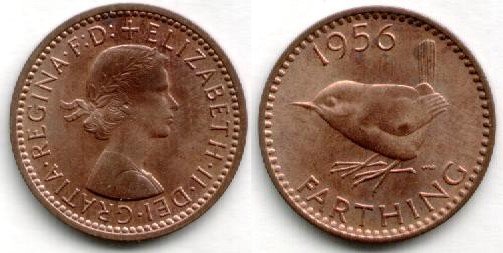
1956 - the last year farthings were minted |
A ha'penny (Half-penny - a copper coin) = 1/2 penny |
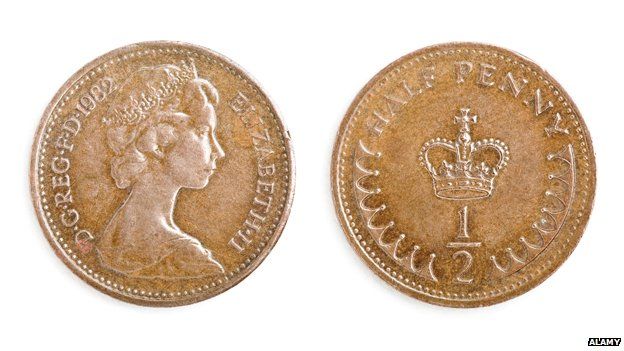
1967 - the last year ha'pennies were minted |
1 penny (a copper coin) = one of the basic units (1d) |
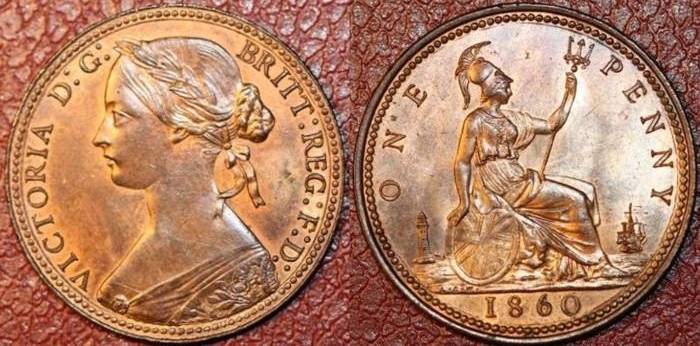
A typical Victorian penny, from 1860 |
Tuppence (two cents) = 2 pence (2d) |
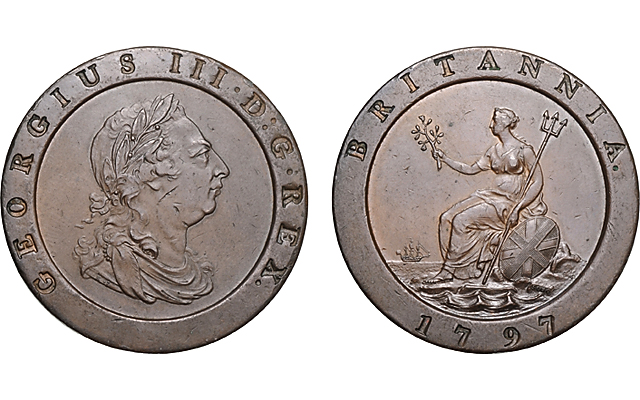
A Georgian two-penny coin, from 1797 |
Threepence or Thruppenny Bit = 3 pence |
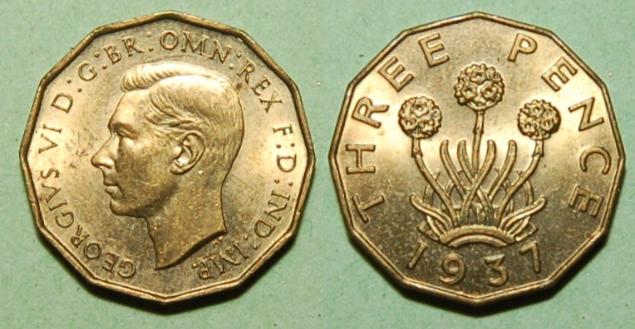
A Georgian three-penny coin, from 1937 |
Sixpence (a silver coin also called a "tanner") = 6 pence |
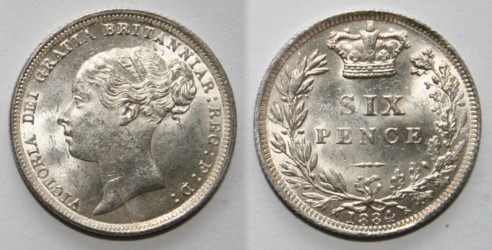
A Victorian six-penny coin, from 1884 |
1 shilling = 12 pence (1s) |
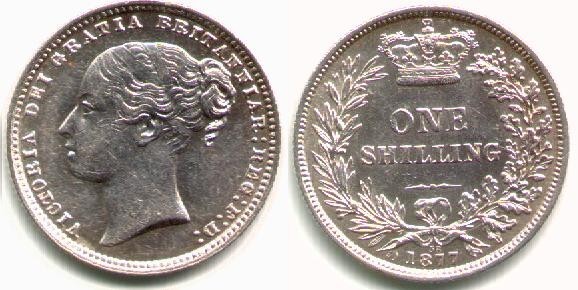
A Victorian one-shilling coin, from 1877 |
1 florin = 2 shillings = 1/10 of a pound |
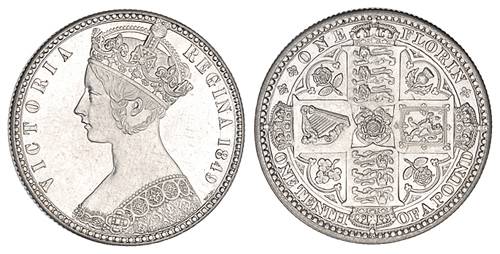
A Victorian florin coin, from 1849 |
A half-crown = 2 shillings and 6 pence |
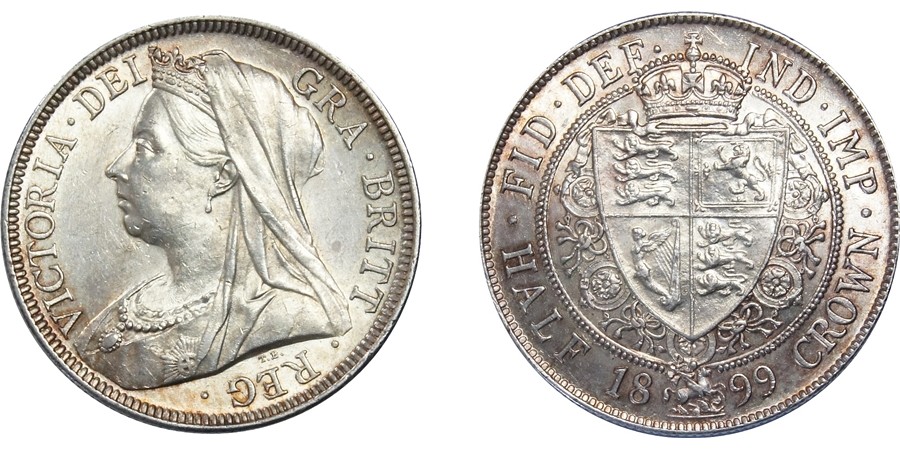
A Victorian half-crown, from 1899 |
1 crown = 5 shillings = 1/4 pound |
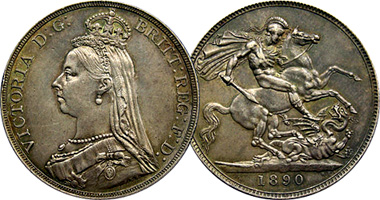
A Victorian crown, from 1890 |
1 pound = 20 shillings = 240 pence (£1) |
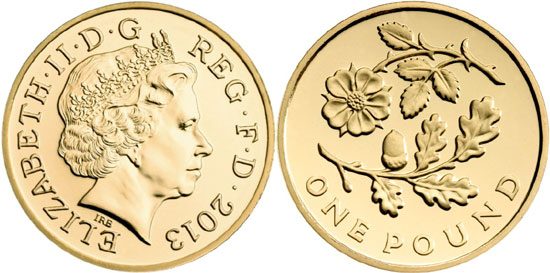
An Elizabethan pound coin, from 2013 |
1 sovereign = a gold coin with a face value of £1 |
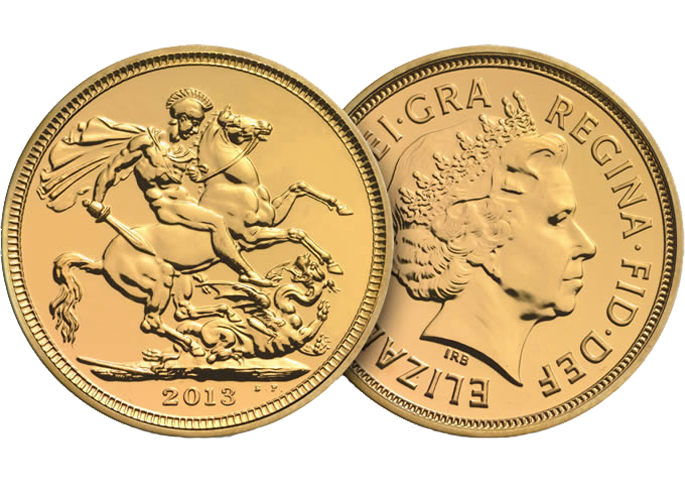
An Elizabethan sovereign coin, from 2013 |
A guinea = a gold coin, originally made of gold
|
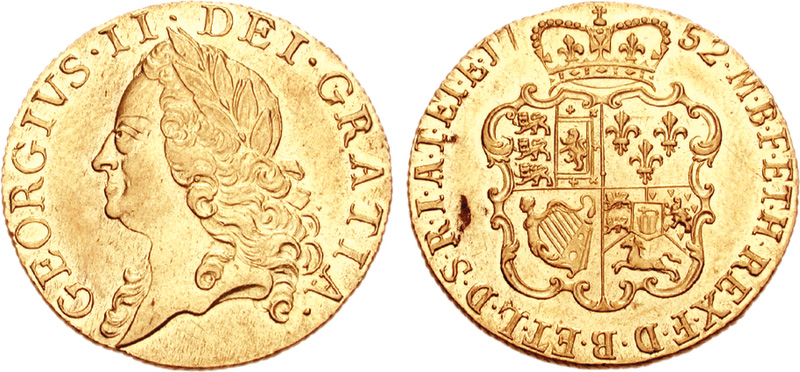
A Georgian guinea coin, from 1739 |